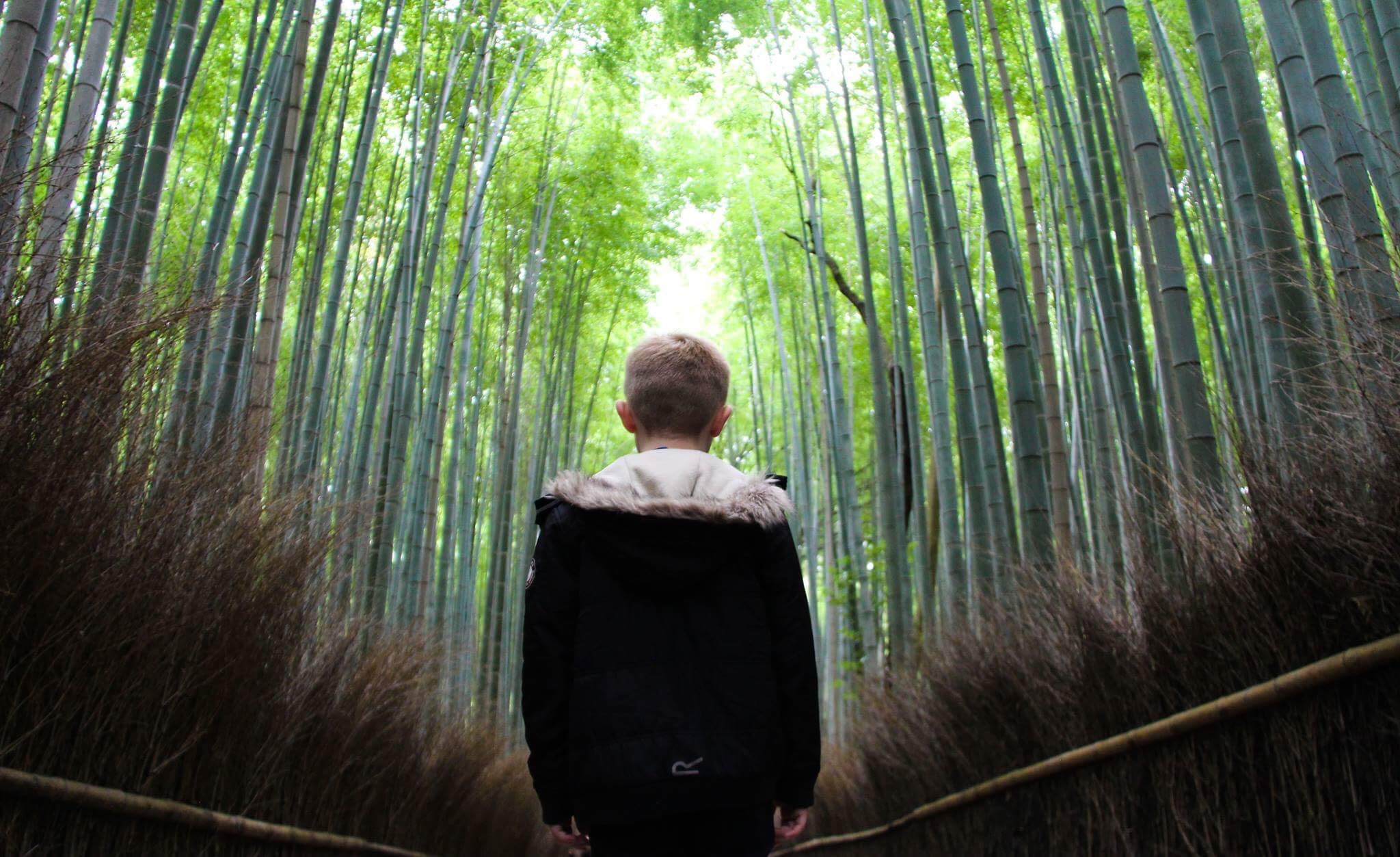

Kyoto is the heart of Japan, home to over 1600 temples 400 shrines and 17 UNESCO world heritage sites (just 7 less than the entire United States). According to Lonely Planet “Kyoto is one of the world’s most culturally rich cities” and is ranked alongside London, Paris and New York. Personally I would place it some leagues higher, it is, for its sheer range of temples and shrines far and away the most culturally amazing place that I have ever been.
Kyoto is a magnet for tourism and so I decided to split our two days between the super popular sites on day one, with the quieter, more isolated places on day two. There are literally hundreds of guides of where to visit in Kyoto, most taking in legendary behemoths, few taking into account the slices of Japanese perfection off the beaten track. Walking tours abound, all starting and ending at unfathomable places and taking in one particular writers sense of cultures. My advice, open a map and look where you want to go, then simply connect the dots and head off.
Travel within Kyoto
With a Japan Rail pass you are limited to JR routes, but the other routes throughout the city are inexpensive just a couple hundred yen per trip. Buses ply every major part of the city from Kyoto station, which is JR. Additionally, most stations within Kyoto have a dedicated information stand/booth maned by a little old lady that is flinging out maps and excellent information with a smile.
The subway/local trains within Kyoto are a couple of dollars per journey and typically Japanese in their insanely precise punctuality. Buses are equally cheap, just pick up a bus map from the train station upon arrival.
Taxis within Kyoto are eye wateringly expensive like everywhere else in the country.
Day one
The most popular places in Kyoto are as follows:
• Kinkakuji Temple
• Fushimi Inari-taisha Shrine
• Arashiyama Bamboo Grove
Kinkakuji temple is often referred to as the golden temple due to its pretty obvious colouring of gold. It is where practically every single visitor to Kyoto has at the top of their ‘to do’ list. As a result it is heaving with tourists and virtually impossible to get a decent photograph. To get there take bus 101 or 205 from Kyoto station, or take the Karasuma line to Kitaoji station and jump on one of the many buses going from the station. Journey time is about 10 minutes. I understand why this temple gets the rage that it does, but for us all the culture was lost due to the amount of tourists there. Guards at the temple do try and keep people moving in a circular fashion, but it has minimal impact.


Fushimi Inari-taisha Shrine is the ‘must do’ in Kyoto, lines of orange tori gates inscribed with Japanese make for gorgeous photo opportunities and something very different. Fushimi-inari is one of the most accessible major shrines in the city since it is situated directly opposite JR Inari. If you have a JR pass reservations aren’t needed. Just find the Nara line and hop on the next train. Out of the station you will see the temple, and of course, zillions of people. It isn’t as bad as you first expect however. The tori gates line a route that goes up and over a mountain, the whole walk being a few kilometers. The walk is steep in parts and suddenly you will see the masses of crowds begin to thin out as over enthusiastic travelers have blown themselves out and opt to retreat. Despite the crowds, I strongly recommend this place for a visit, even if you don’t walk further than the crowds. Writing this after leaving Kyoto I think this temple had the biggest impact on me personally. It epitomized Japan, and I remember seeing it in some book when I was a child. An amazing place and probably the one place in Kyoto you really cannot miss.
Arashiyama bamboo grove is the classic ‘cover photo’ from Kyoto. And is the leading photograph of this post. It is in many ways other worldly, but again completely over run by tourists. Let be honest, people come here for the photo opportunity and we were no different. Come with patience and a keen eye. Reached via the Sanin line from Kyoto, hop off at Saga-Arashiyama and ask the little old lady for directions, or walk out of the station, down the road to the London Bookstore before making a right, then left at the main road. Just follow everyone else if you get lost, it is only a ten minute walk. The bamboo grove is two-fold, at first you will enter the grove and be hugely disappointed and begin to convince yourself that you need to brush up on your Photoshop skills if you are to make anything of the view before you. But keep walking, and about 50 metres later you come to the actual bamboo grove. Getting a good photo I found was easiest from the far end, in other words walk all the way to the end. Then have your subject central, and if you get on the floor taking a photo upwards you can cut out the masses of tourists and get a very good shot. I suggest a play with vibrancy and contrast as a minimum post photo, some photographers have done amazing things with images from that grove.
Day two
The most popular area in Kyoto, and one which most people head straight to is Higashiyama. Divided into north and south and separated by Maruyama Park, it is the go to place for those seeking temples, shrines and doses of culture. Filled with more temples than you could shake a stick at, naturally some out shine the rest. Mammoth places such as Chion-in and Kiyomizu-dera swarm with tourists and turn over thousands of culture seekers each week, hundreds of thousands each year. This might seem like an odd place to head to when seeking tranquility with no tourists, but what these blockbuster temples do is draw the bus tours, the temple tickers and everyone else without an ounce of imagination. It leaves empty a majority of places overlooked and underrated. The very places that were on our itinerary.
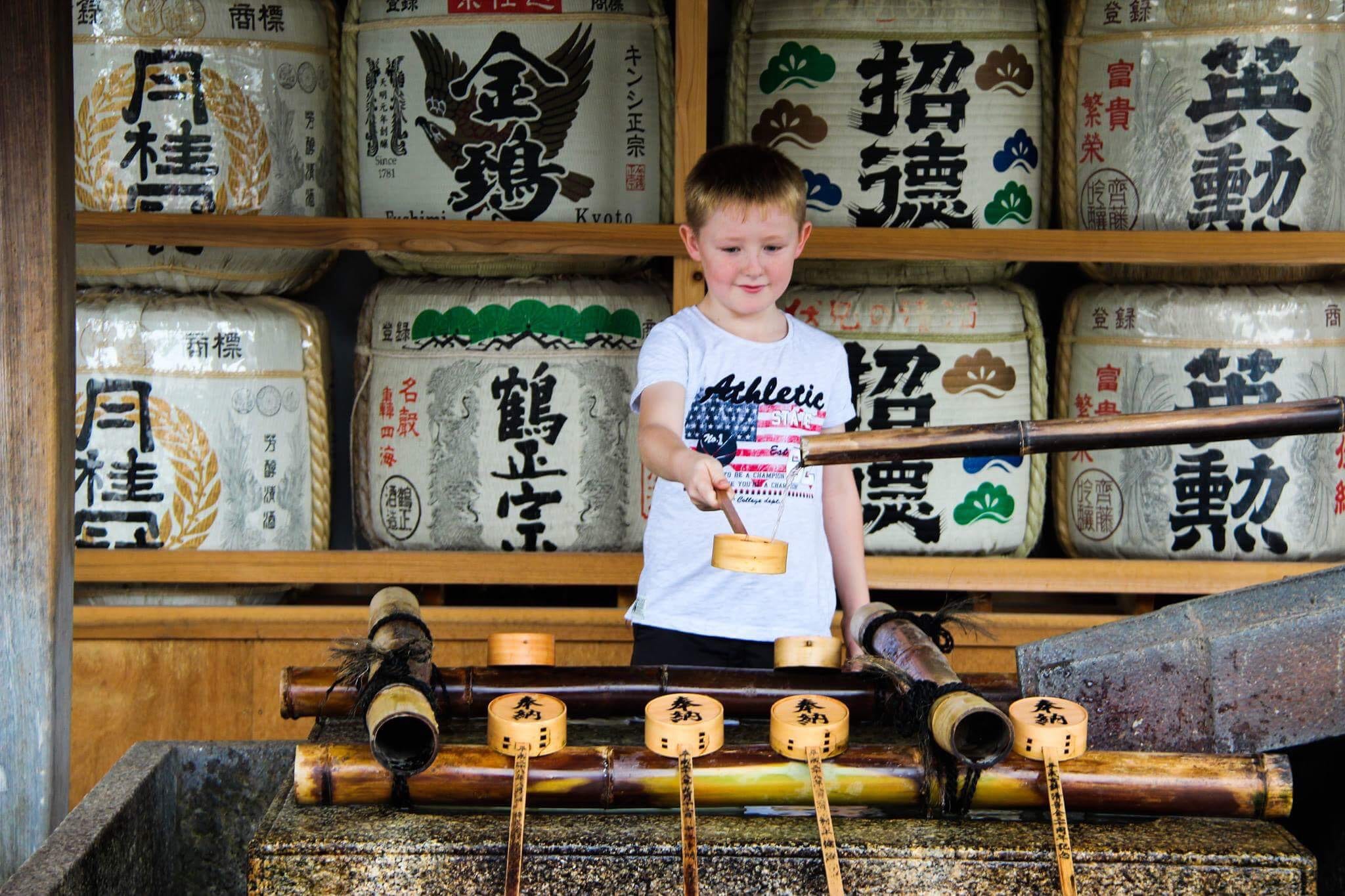

We really did explore the Higashiyama area and beyond. We absolutely loved the Gion area, filled with Geisha’s and old buildings and found ourselves at some places that were busier than we had hoped such as the quaint Kodai-Ji which seems to be more of a business venture with a constant conveyer of tourists streaming through it than a temple. My two choices from the whole of Kyoto are as follows:
• Shoren-in
• Nanzen-ji
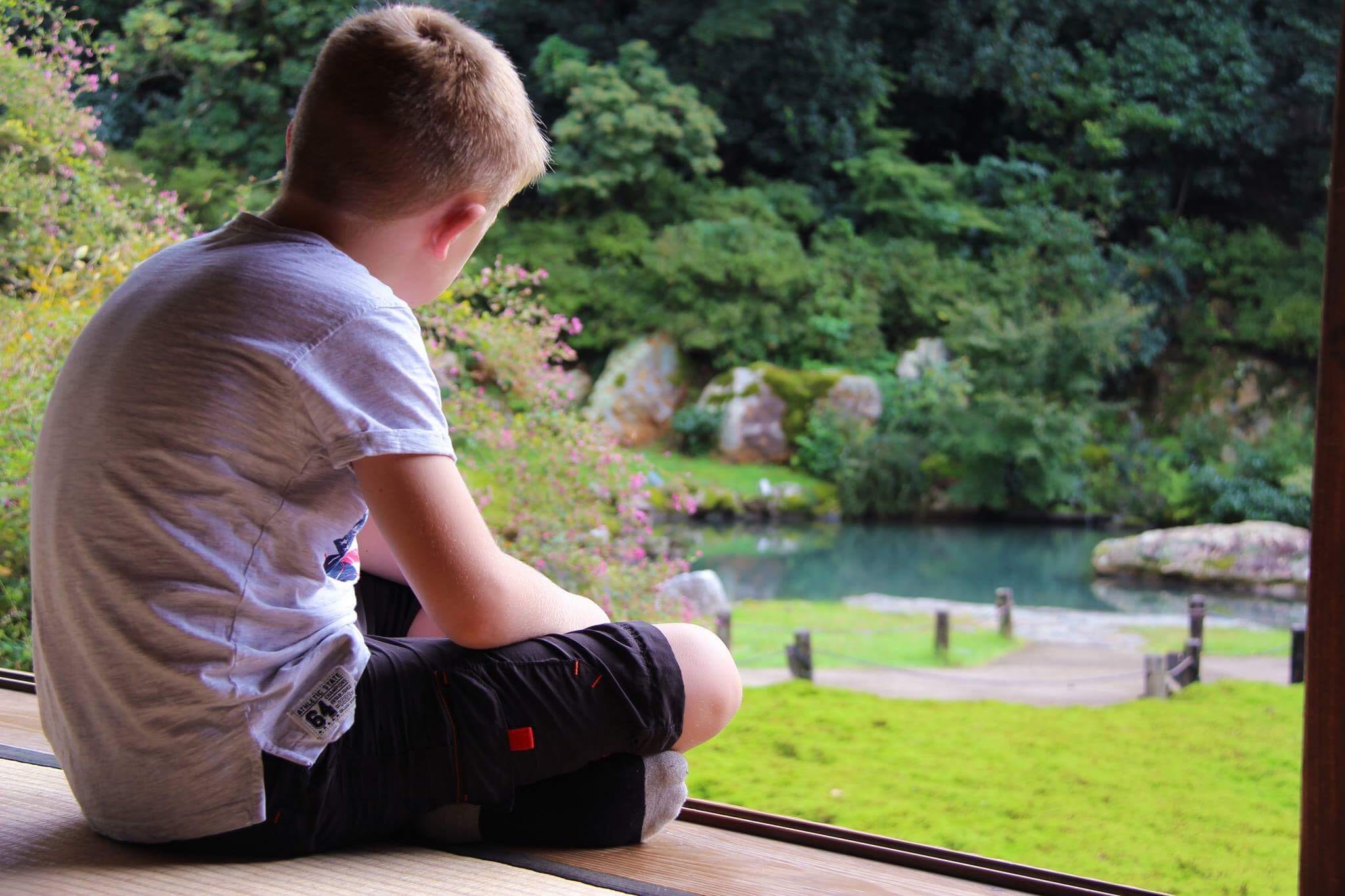

Our favourite temple in Kyoto was Shoren-in, just a stone’s throw from uber popular Chion-in. We had the entire place to ourselves in this completely overlooked slice of beauty. We relaxed in the halls, walked the gardens, and attempted Tai Chi but really only succeeded in making ourselves look like fools. It was beautiful, absolutely stunning and sets the bench mark very high. It isn’t a big place, but that is its attraction, a small slice of paradise overshadowed by behemoth attractions nearby. Reached from nearby Higashiyama JR station it is a 5 minute walk as you follow the signs for Chion-in.
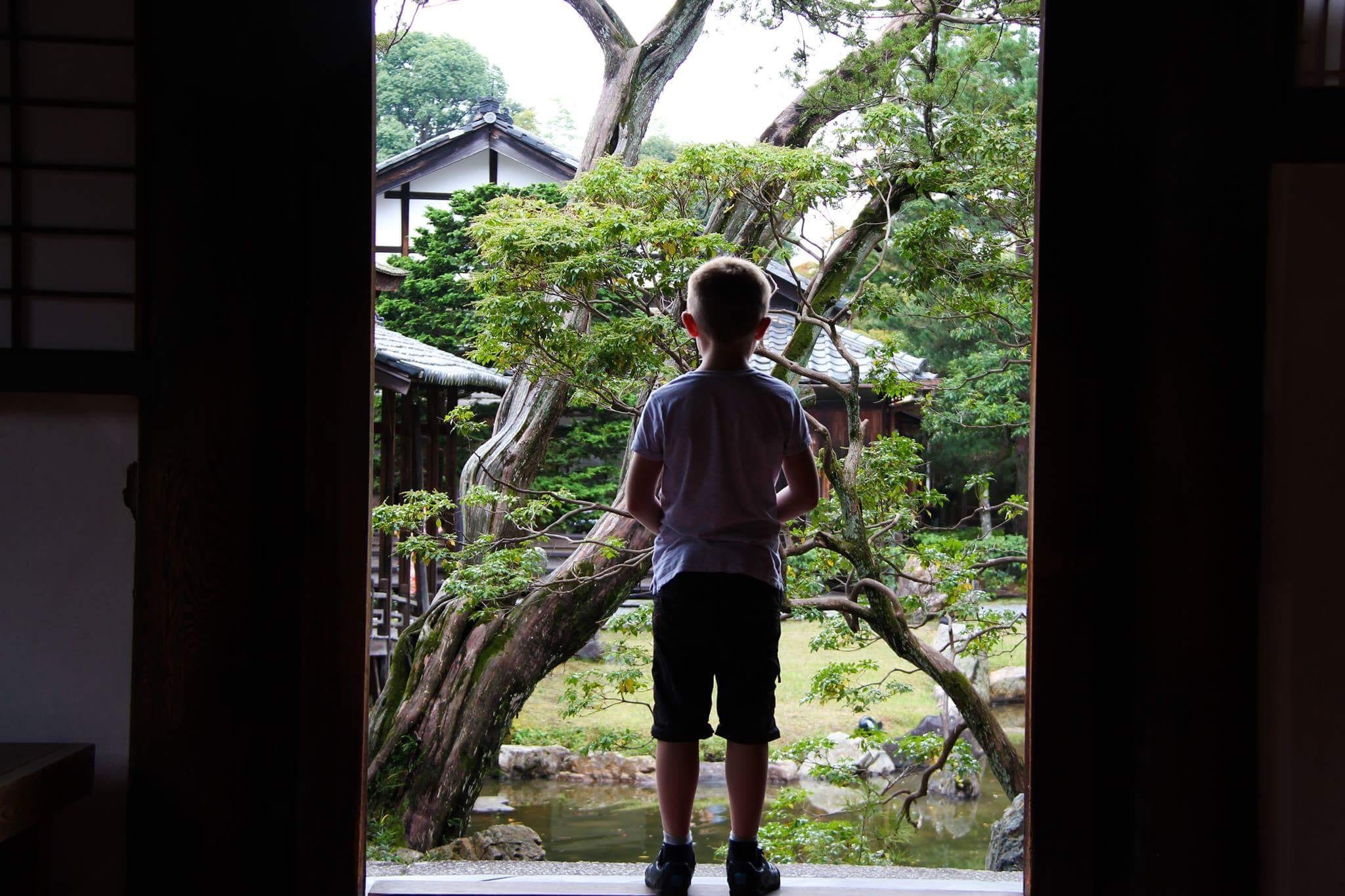

Our second favourite temple was Nanzen-ji. A huge complex, probably large enough to make it feel like there aren’t too many tourists, which there was. It is just down the road from Shoren-in and difficult to miss with its huge, imposing sanmon. Many people probably get put off by the amount of steps needed to walk up and opt for the temples on the right side of the street, I don’t know. But Nanzen-ji is worth the 100mL of sweat I gifted it as I realised how desperately unfit I really am. Thankfully the Japanese have thought of everything with strategically placed benches on the walk.
We also used our second day to hit up some of the free things to do in Kyoto. There are passes that can be bought to make temple entrance cheaper, but I was paying around 300 – 500 yen per temple so figured I would balance the day with some free activities. Our favourite was the Imperial palace and the park which were particularly nice, the garden was actually really pretty and I found there was more locals than tourists which really added to the atmosphere. Be aware, I am not sure if it’s a culture thing of a one-up man ship where the Japanese never quite got over Karate kid, but when my son planted himself on a rock in the pond and began to think he was Mr. Miyage, some woman took major offence. I managed to nab a decent photo before the impending violence erupted and we were off as she put her handbag down in a huff.
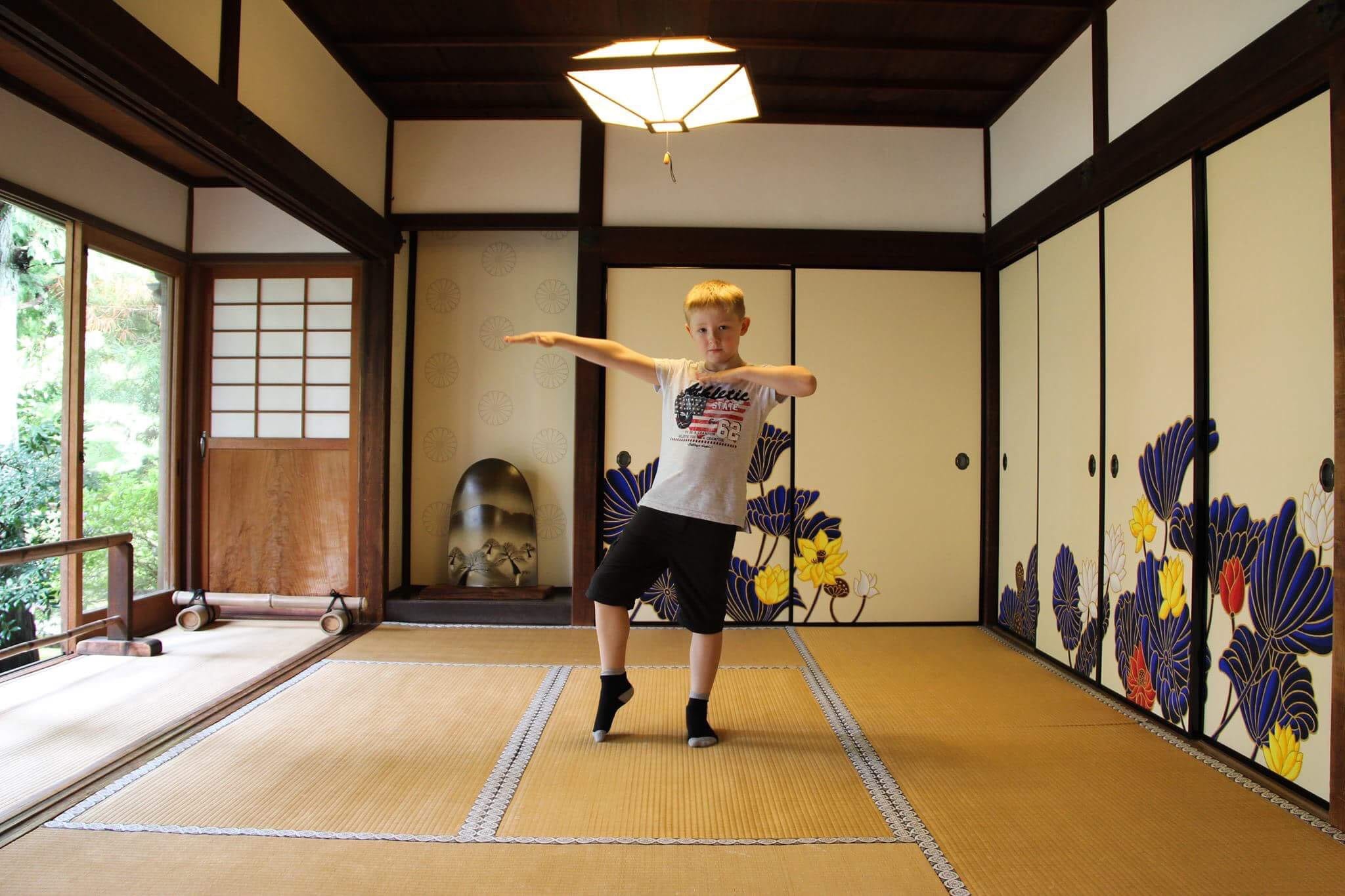

Kyoto for us was difficult to love due to the overwhelming amount of tourists, but with a little bit of effort and lots of luck we managed to have moments of absolute beauty to ourselves. It was at times like being transported into a time of historical perfection, yet at times negotiating the masses of tourists was tiring and it felt more like being in Disney World than Japan.
Without doubt Kyoto is one of the gems of the world and somewhere everyone should visit at least once in their life time. It is at times tiring, but the sheer beauty of the city far outweighs any negatives. It is for me one of the most culturally amazing places that I have ever been, and probably ever will ever go to. Please explore Kyoto on foot, some of the most amazing places we saw were the places not in guide books or on maps, but were what we found whilst sweating ourselves around the city in near 100% humidity. Wearing a pair of vans trainers I gave myself blisters so come better prepared, but walk, explore, feel and love what is one of the most amazing places on the planet from your own perspective, not from those of a glossy £19.99 book from Waterstones.

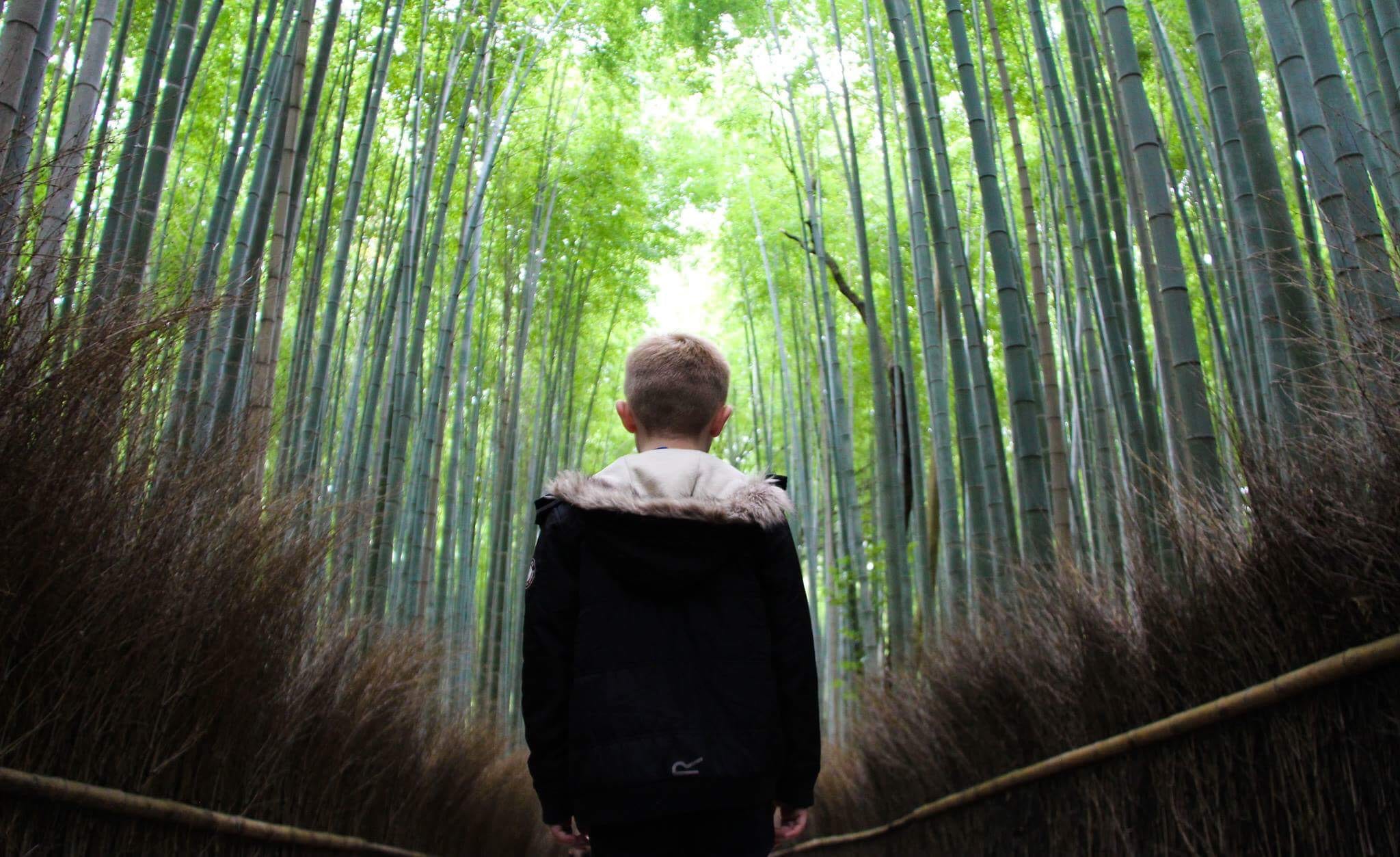
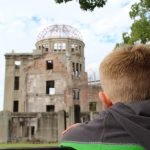

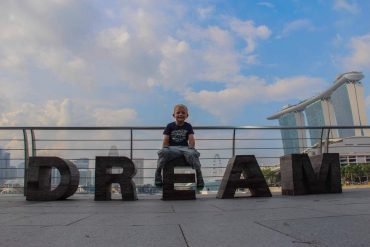
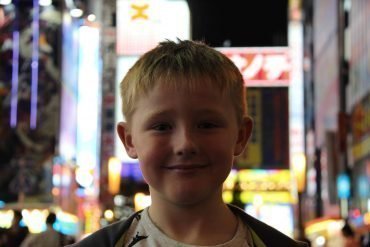
Comments are closed.